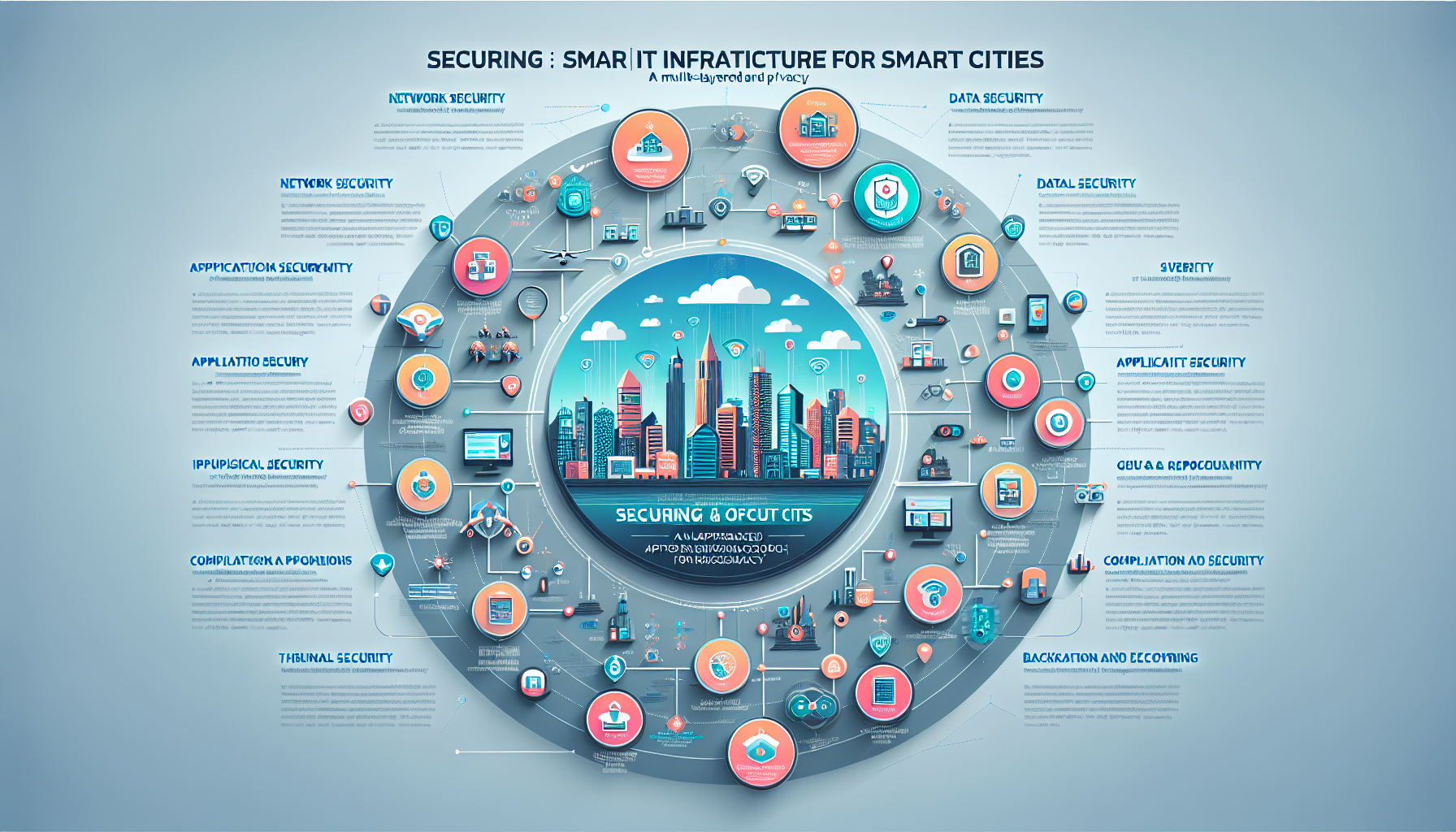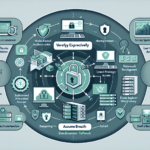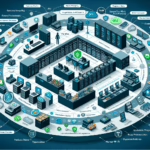Securing IT infrastructure for smart cities is a critical challenge due to the interconnected nature of systems, the massive volume of data being generated and processed, and the potential consequences of cybersecurity breaches. Below are comprehensive strategies to secure IT infrastructure for smart cities:
1. Network Security
- Segmentation: Segment the network into isolated zones (e.g., IoT devices, public access, internal operations) to limit lateral movement in case of a breach.
- Zero Trust Architecture: Implement a “never trust, always verify” approach. Ensure every device, user, and application is authenticated and authorized before access is granted.
- Encryption: Encrypt all data in transit and at rest using strong encryption protocols like AES-256 and TLS 1.3.
- Firewalls and IDS/IPS: Deploy advanced firewalls and Intrusion Detection/Prevention Systems (IDS/IPS) to monitor and block malicious traffic.
- VPNs: Use secure Virtual Private Networks (VPNs) for remote access.
2. IoT Device Security
- Device Hardening: Change default passwords, disable unnecessary services, and keep IoT firmware updated.
- Secure Boot: Implement secure boot processes to ensure only authorized software runs on IoT devices.
- Endpoint Detection and Response (EDR): Deploy EDR solutions to monitor IoT endpoints and detect suspicious activity.
- Device Authentication: Require mutual authentication for IoT devices before they can connect to the network.
3. Data Security
- Data Governance: Establish policies for data collection, storage, access, and disposal. Classify data based on its sensitivity.
- Access Control: Use Role-Based Access Control (RBAC) and enforce the principle of least privilege (PoLP).
- Data Masking: Protect sensitive data by using data masking or tokenization.
- Backup and Disaster Recovery: Regularly back up critical data and test disaster recovery plans to ensure rapid restoration in case of a ransomware attack or data breach.
4. Application Security
- Secure Development Lifecycle (SDLC): Integrate security into every phase of the software development lifecycle.
- Regular Patching: Ensure timely updates and patches for all software and applications.
- Web Application Firewalls (WAF): Protect web applications from SQL injection, cross-site scripting, and other attacks.
- Penetration Testing: Conduct regular penetration testing to identify and address vulnerabilities.
5. Physical Security
- Access Controls: Use biometric authentication, RFID, and surveillance systems to restrict physical access to critical IT infrastructure.
- Environmental Monitoring: Monitor temperature, humidity, and power levels in data centers to prevent physical damage.
- Redundant Power Supplies: Deploy UPS and backup generators to ensure availability during outages.
6. Cloud and Virtualization Security
- Multi-Factor Authentication (MFA): Enforce MFA for access to cloud-based resources and virtualization platforms.
- Secure APIs: Use secure API gateways and monitor API usage to prevent exploitation.
- Hypervisor Security: Regularly update and harden hypervisors in virtualized environments.
- Data Isolation: Ensure tenant data isolation in multi-tenant cloud environments.
7. Kubernetes and Container Security
- Namespace Isolation: Use namespaces to isolate workloads running on Kubernetes clusters.
- Pod Security Policies: Enforce pod-level security policies to prevent privilege escalation and unauthorized container access.
- Image Scanning: Scan container images for vulnerabilities before deploying them.
- Role-Based Access Control (RBAC): Enforce strict RBAC within Kubernetes to limit access to sensitive resources.
8. AI and Machine Learning Security
- Model Integrity: Protect AI/ML models from adversarial attacks and poisoning by validating input data.
- Secure AI Training: Ensure secure environments for training AI models, especially if sensitive data is involved.
- Auditing Algorithms: Regularly audit AI algorithms for biases and vulnerabilities.
- Logging and Monitoring: Monitor AI decisions and actions for anomalies that may indicate compromise.
9. Operational Security (OpSec)
- Security Awareness Training: Train employees and contractors on cybersecurity best practices and phishing awareness.
- Incident Response Plan: Develop and test a robust incident response plan to handle breaches quickly and effectively.
- Threat Intelligence: Use threat intelligence feeds to stay updated on emerging threats and vulnerabilities.
- Red Team/Blue Team Exercises: Simulate attacks to test your infrastructure’s resilience and improve response mechanisms.
10. Compliance and Regulations
- Follow Standards: Adhere to standards like ISO 27001, NIST Cybersecurity Framework, GDPR, or other relevant regulations.
- Audit and Assessments: Conduct regular security assessments and third-party audits to ensure compliance.
- Data Sovereignty: Ensure that data storage and processing comply with local laws and regulations.
11. GPU and Computational Security
- Secure GPU Access: Restrict access to GPUs used for AI/ML workloads to authorized personnel and applications only.
- Workload Isolation: Use containerization or virtualization to isolate GPU workloads.
- Firmware Updates: Regularly update GPU firmware to patch vulnerabilities.
- Resource Monitoring: Monitor GPU usage to detect unauthorized access or crypto-mining activities.
12. Threat Detection and Incident Response
- SIEM Solutions: Use Security Information and Event Management (SIEM) systems to centralize log collection and real-time threat detection.
- Behavioral Analytics: Leverage AI-powered analytics to detect abnormal user or device behavior.
- Continuous Monitoring: Implement continuous monitoring tools to gain real-time visibility across the IT infrastructure.
13. Collaboration and Ecosystem Security
- Vendor Risk Management: Assess and monitor the security practices of third-party vendors and suppliers.
- Public-Private Partnerships: Collaborate with government agencies, cybersecurity firms, and industry experts to share threat intelligence and best practices.
- Community Engagement: Engage with the local community to educate them about cybersecurity risks and safe practices.
14. Backup and Recovery
- Immutable Backups: Use immutable storage to protect backups from tampering.
- Backup Frequency: Regularly back up data and configurations to ensure minimal data loss in case of an attack.
- Recovery Time Objective (RTO): Define RTOs and Recovery Point Objectives (RPOs) to ensure quick recovery of critical systems.
Final Thoughts
Securing smart city IT infrastructure requires a multi-layered approach that combines technology, processes, and people. By adopting a proactive and adaptive security posture, you can mitigate risks and ensure the safety and privacy of citizens while maintaining the operational resilience of smart city systems.



